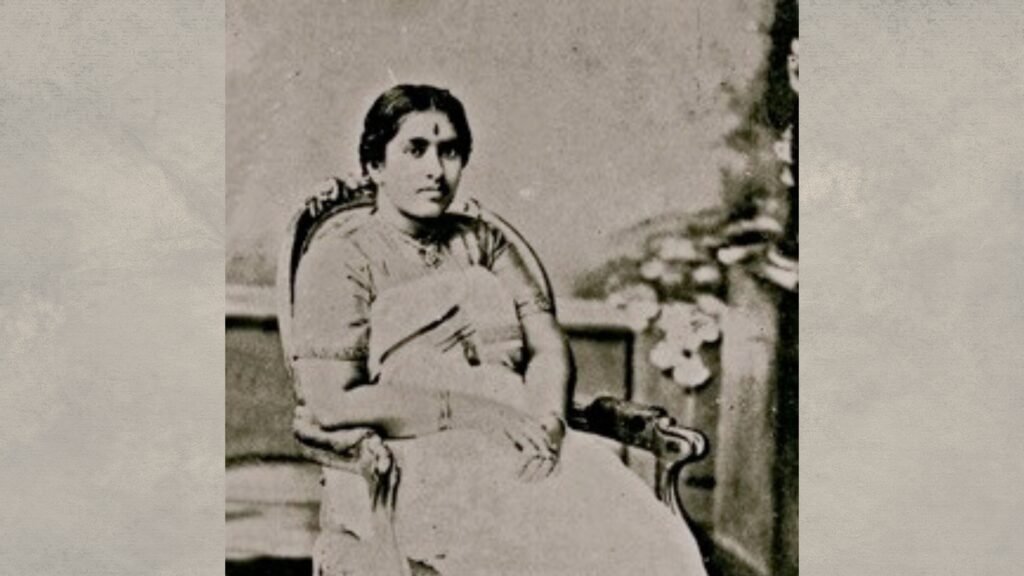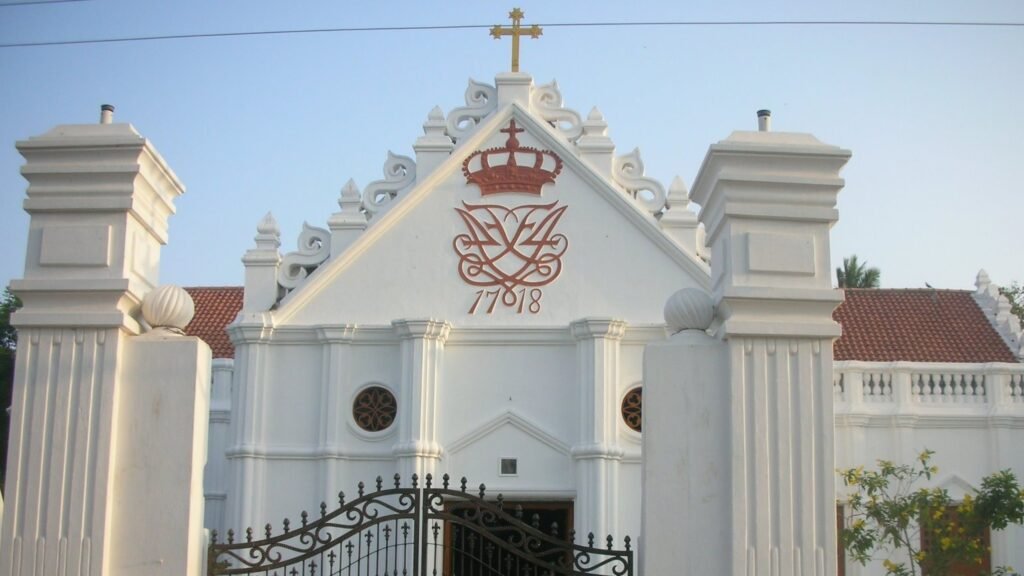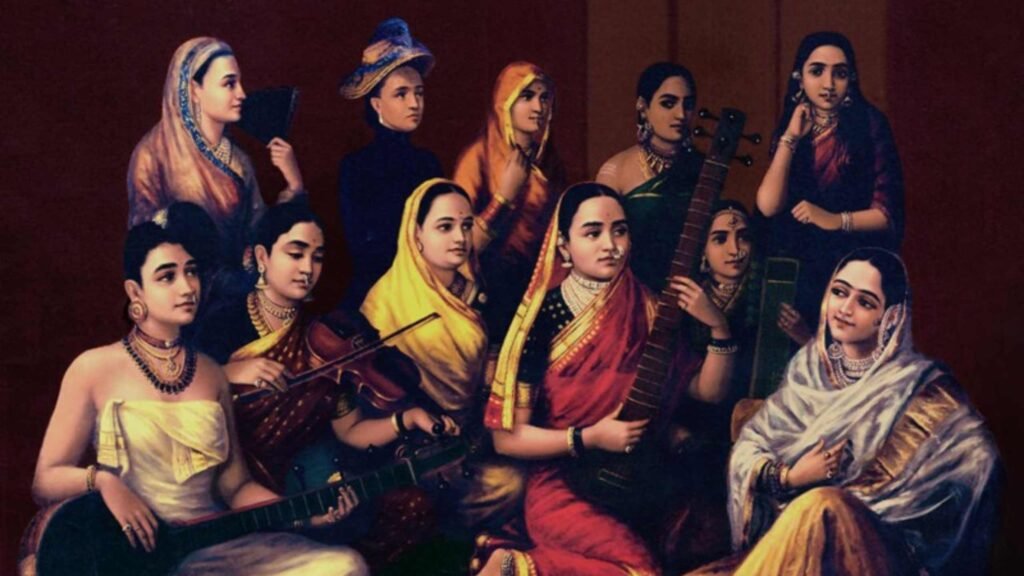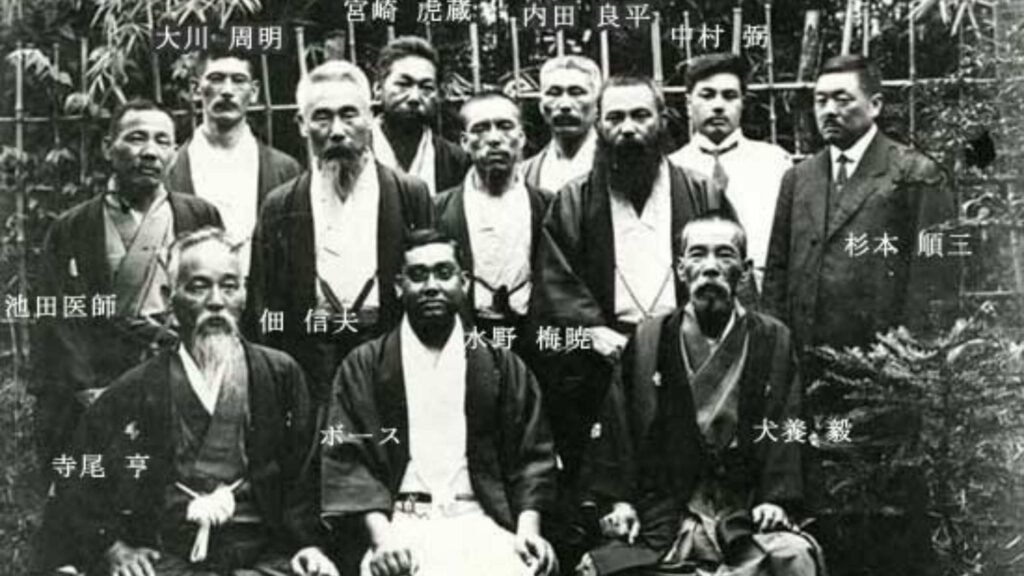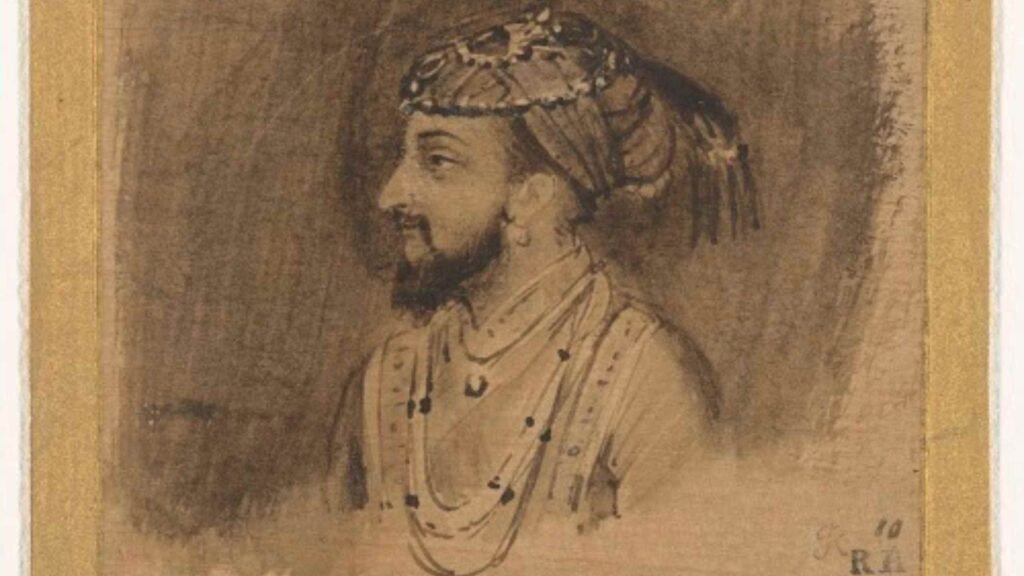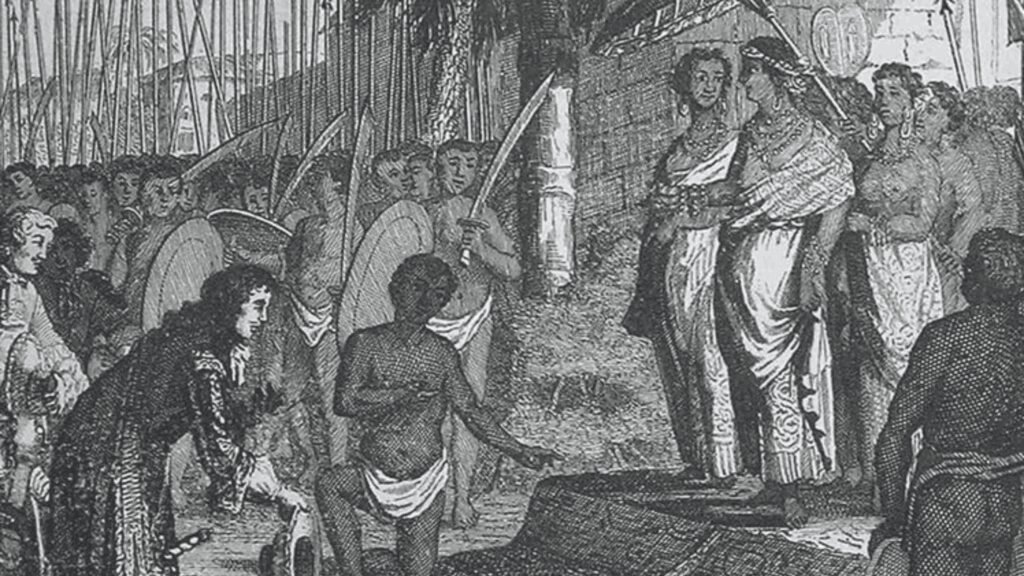By the late 17th century, Holland had become a naval and economic superpower. The Dutch East India Company was the largest multinational in the world, and it dominated the world spice trade. Much of these spices came from the Indian state of Kerala where the Dutch had a stranglehold on purchases. This monopoly was not because of a superior business strategy; it simply came from military power. They arm-twisted the Kerala kings and warlords into signing contracts that were hugely one-sided. But one king — Marthanda Varma of Travancore — refused to sign up. And, he started conquering other Kerala warlords and flatly refused to honour the spice contracts that they had already signed.
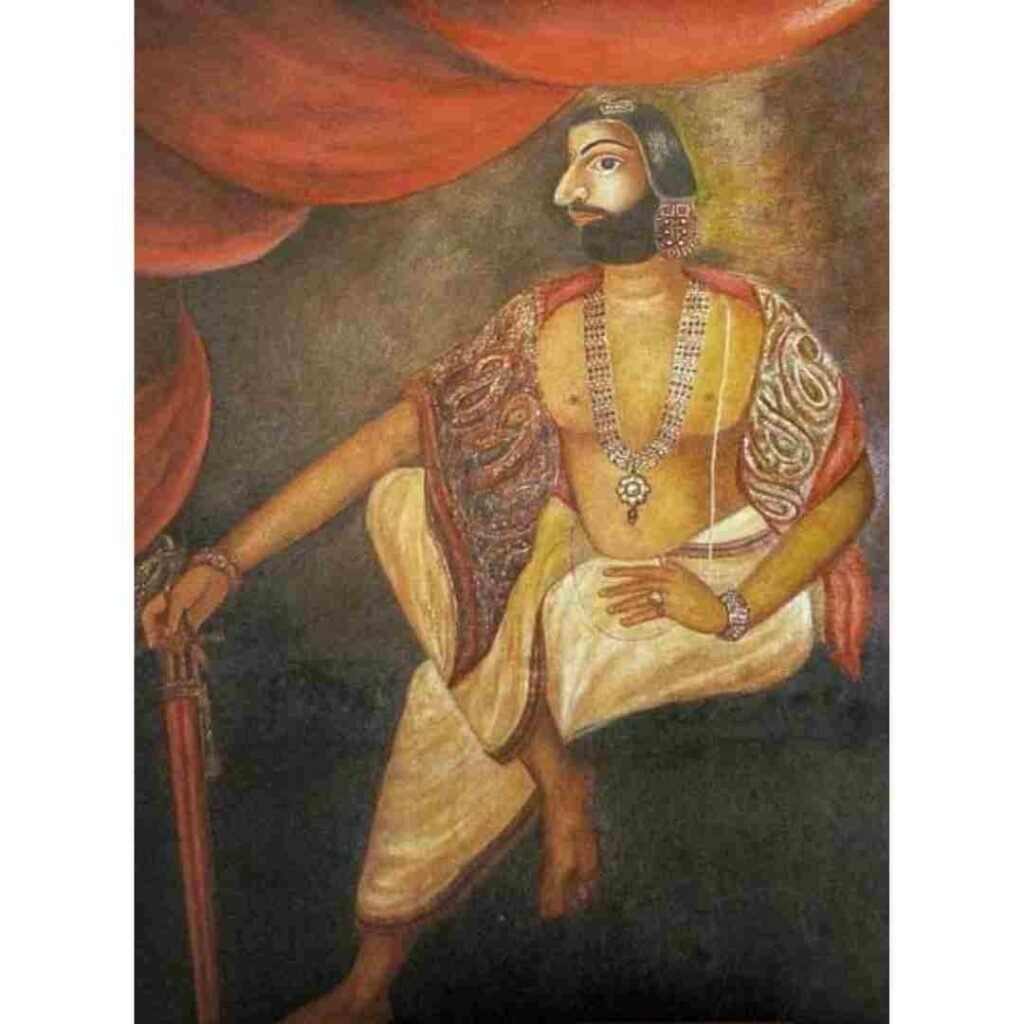
This “minor” Indian kingdom boldly defied the world’s biggest multinational company, and that was bad for business! In 1739, the Dutch Governor Gustaaf van Imhoff met King Marthanda Varma and “advised” him to accept Dutch prices…or else prepare for war. Varma laughed at the threat, and said he would love to invade Holland himself! Imhoff was not amused.
In 1740, Imhoff dispatched a naval contingent under Eustachius de Lannoy to attack Travancore. The Dutch navy and artillery were vastly superior. In the initial battles, De Lannoy was victorious; but when he captured the port of Colachel, Varma sent his full force to besiege Colachel. Varma knew that in a frontal attack, the Dutch artillery would blast them out of existence. So, he quietly blockaded Colachel and cut off supplies. He knew that if he held fast till the monsoons arrived, the sea would become too stormy for the Dutch Navy to provide logistic support.
The monsoon rains came and De Lannoy struggled to keep his gunpowder dry. Unfortunately for him, a wildly lucky shot from a Travancore cannon landed smack on his armoury, igniting the gunpowder. Everything exploded. Without fire power and food, Lannoy surrendered. Now, Varma made an offer that De Lannoy could not refuse: a good military position in the Travancore army.
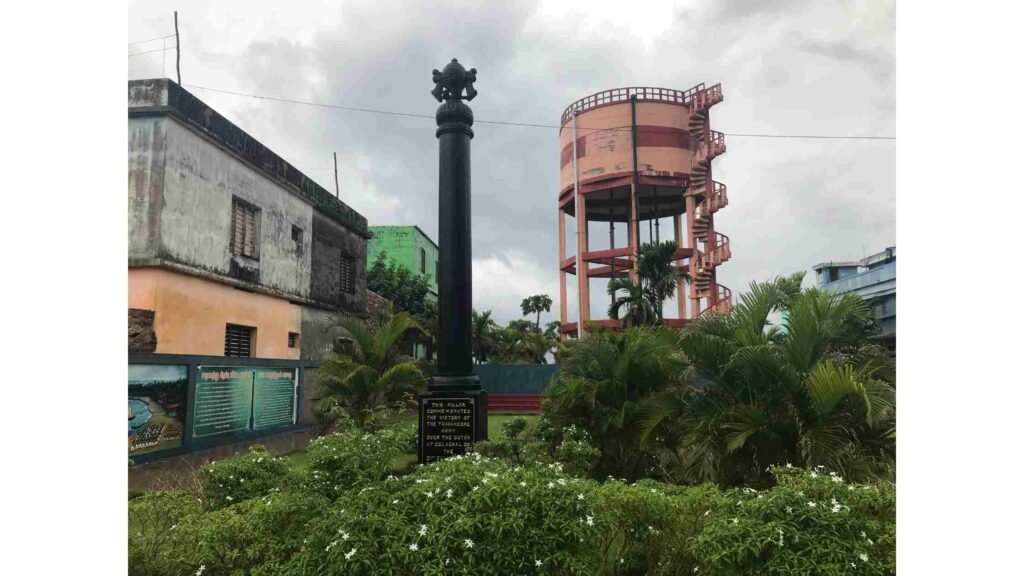
And, De Lannoy promptly defected! He rapidly rose to become Travancore’s trusted General, or “Valiya Kapittan”, literally meaning “Great Captain”. De Lannoy modernised the Travancore army, upgraded artillery, and reinforced forts. Around 60 kms from Thiruvananthapuram, the Udayagiri Fort that De Lannoy built is still called Dillanai Kotta by the locals, which means ‘De Lannoy’s Fort’.
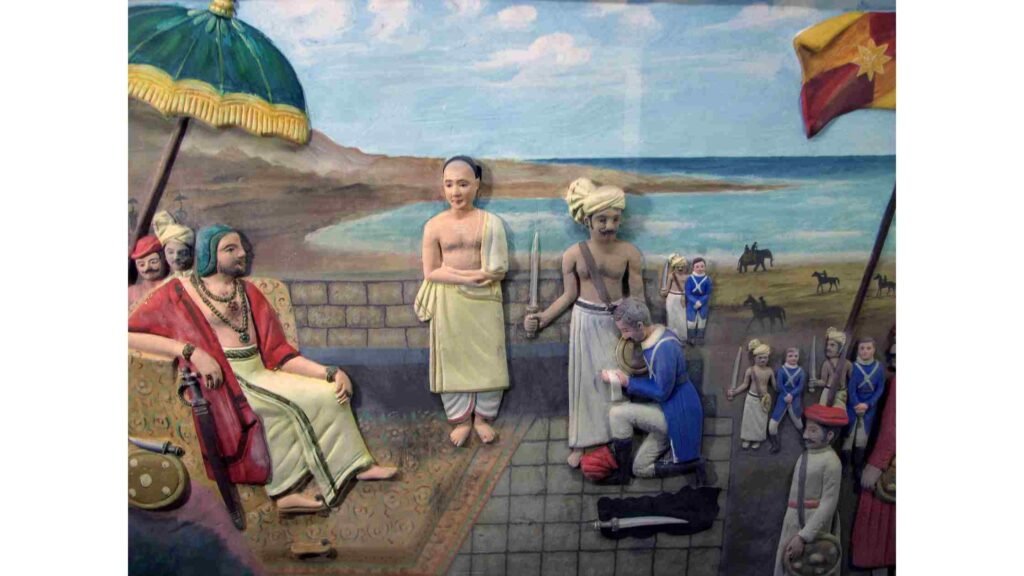
The Dutch continued to fight Marthanda Varma for a few more years, but with indifferent results. King Varma now knew their methods! Finally, they made peace with Varma. They were losing access to Kerala’s spices, and the cost of maintaining a military presence was bleeding them dry. Ultimately, they left India forever. Colachel was a minor battle, but it had a major geo-political impact. De Lannoy served Travancore loyally for 37 years and never returned to Holland. His tomb, with inscriptions in Latin and Tamil, is inside his beloved Udayagiri Fort!
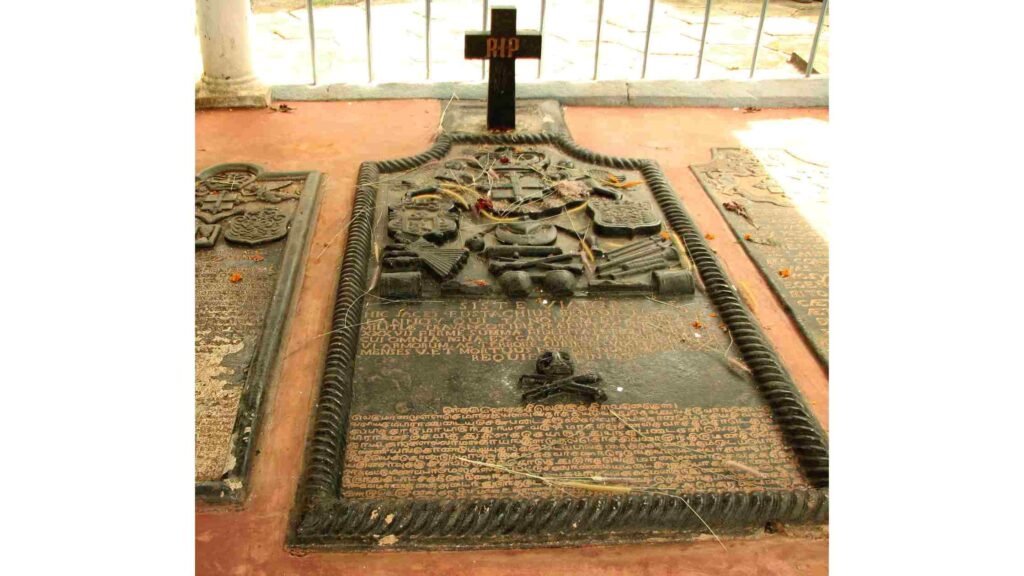
Interestingly, De Lannoy was not really Dutch; he belonged to an immigrant noble family from the Franco-Belgian border town of Lannoy! America’s longest serving President, Franklin Delano Roosevelt, had also descended from immigrants of the same De Lannoy family. Delano… De Lannoy… get the connection? That makes our De Lannoy and Roosevelt cousins of sorts!

